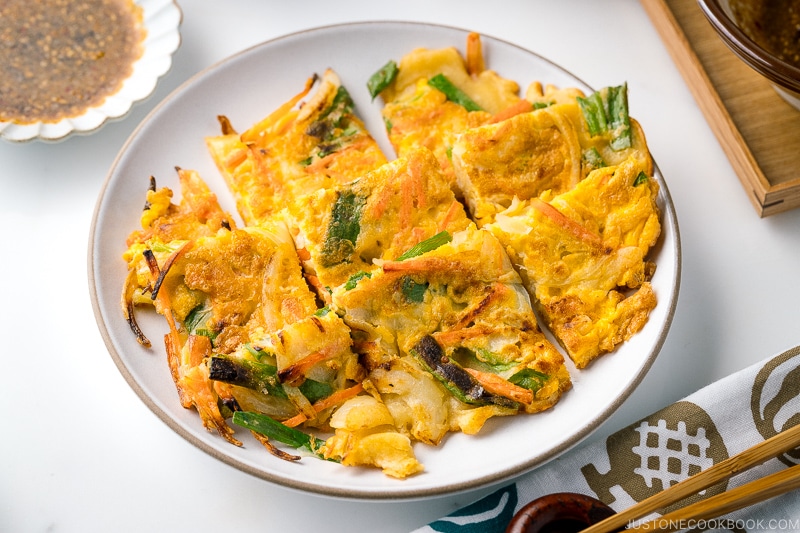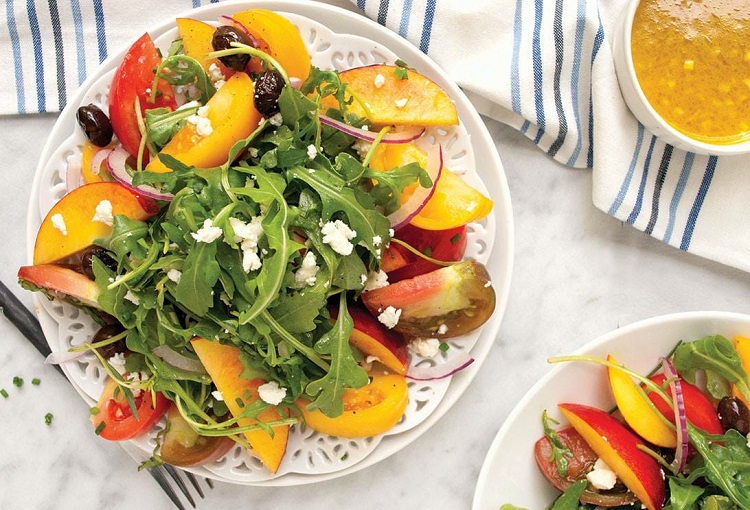Gluten Free Korean

In recent years, the demand for gluten-free options has surged globally as more people embrace a gluten-free lifestyle for various health reasons. While many might associate gluten-free diets with Western cuisines, the concept extends to diverse culinary traditions, including the rich and flavorful world of Korean cuisine. In this article, we delve into the exciting realm of gluten-free Korean dishes, exploring traditional flavors, unique ingredients, and how chefs and home cooks are adapting to cater to a growing Gluten Free Korean audience.
Table of Contents
ToggleUnderstanding Gluten and the Gluten-Free Trend
Gluten is a protein found in wheat, barley, and rye, making it a staple in many traditional cuisines. However, for individuals with celiac disease, gluten sensitivity, or those opting for a lifestyle, avoiding gluten is crucial. This has led to a global surge in gluten-free products and recipes, and cuisine is no exception.
Gluten-Free Staples in Korean Cuisine
Korean cuisine is renowned for its bold flavors, diverse dishes, and an array of fermented foods. While many Korean dishes traditionally contain gluten, there are staples deeply embedded in the culinary culture. Rice, for example, is a fundamental component of meals and serves as a gluten-free alternative to wheat-based grains.
Furthermore, the traditional pantry includes naturally ingredients such as beans, legumes, vegetables, and various types of rice noodles. Buckwheat, a gluten-free grain, is also used in cuisine, most notably in dishes like “naengmyeon,” a cold noodle soup dish enjoyed during the hot summer months.
Gluten-Free Adaptations of Classic Korean Dishes
Korean chefs and home cooks have been quick to adapt traditional recipes to cater to the growing demand for gluten-free options. Many classic dishes can be easily modified to accommodate a diet without compromising on flavor. Here are some popular adaptations:
- Gluten-Free Bibimbap: Bibimbap, a beloved dish featuring mixed rice topped with vegetables, meat, and a flavorful sauce, can be made gluten-free by substituting traditional soy sauce with gluten-free tamari. Additionally, using gluten-free grains like quinoa or rice as a base provides a safe alternative.
- Kimchi without Wheat: Kimchi, the iconic fermented vegetable dish, typically contains soy sauce or fish sauce, both of which can contain gluten. Gluten-free tamari or coconut aminos can be used as a substitute, ensuring that the tangy and spicy kimchi remains gluten-free.
- Japchae with Sweet Potato Noodles: Japchae, a stir-fried noodle dish, can be made gluten-free by using sweet potato starch noodles, which have a delightful chewy texture. This adaptation allows those with gluten sensitivities to savor this delicious and visually appealing dish.
- Gluten-Free Tteokbokki: Tteokbokki, a popular street food dish featuring chewy rice cakes in a sweet and spicy sauce, can be made gluten-free by choosing a gluten-free gochujang (Korean red pepper paste) and ensuring that other ingredients like fish cakes are gluten-free.
- Gluten-Free Korean Pancakes: Traditional Korean pancakes, known as “jeon,” often contain wheat flour. However, gluten-free flours like rice flour or chickpea flour can be used to create a delicious gluten-free version. Common fillings include vegetables, seafood, or meat.
Challenges and Solutions for Gluten-Free Korean Cooking
Despite the adaptability of Korean cuisine, there are some challenges in creating truly gluten-free dishes. Cross-contamination is a significant concern, especially in restaurants where shared kitchen spaces may increase the risk of gluten exposure. To address this issue, some establishments have embraced dedicated gluten-free kitchens or implement strict protocols to prevent cross-contamination.
Additionally, sourcing gluten-free versions of traditional Korean condiments and sauces can be a challenge. However, as the demand for gluten-free products rises, more specialty stores and online platforms are offering gluten-free alternatives to staples like soy sauce and gochujang.
The Rise of Gluten-Free Korean Restaurants
In response to the growing demand for gluten-free options, a new wave of Korean restaurants specializing in gluten-free cuisine has emerged. These establishments not only provide a safe dining environment for those with gluten sensitivities but also aim to introduce the beauty of Korean flavors to a broader audience.
Menus at these gluten-free Korean restaurants showcase a range of dishes, from gluten-free versions of classics to innovative creations that highlight the diversity of Korean ingredients. The emphasis is on using fresh, high-quality ingredients to create authentic flavors without compromising on dietary restrictions.
Gluten-Free Korean Fusion Cuisine
In addition to dedicated gluten-free restaurants, the culinary landscape has seen the rise of gluten-free Korean fusion cuisine. Chefs are creatively combining traditional Korean flavors with gluten-free ingredients to craft unique and exciting dishes. This trend not only caters to the gluten-free community but also introduces a fresh perspective on Korean cuisine.
For example, gluten-free bulgogi tacos, made with gluten-free tortillas and marinated beef, offer a fusion of Korean and Mexican flavors. Similarly, gluten-free bibimbap bowls with a variety of colorful and nutritious vegetables appeal to health-conscious diners looking for a satisfying and gluten-free meal.
Home Cooking: Gluten-Free Korean Recipes
For individuals exploring cooking at home, there is a wealth of online resources offering gluten-free adaptations of classic recipes. Korean cooking blogs, YouTube channels, and cookbooks now include gluten-free alternatives and substitutions, empowering home cooks to recreate their favorite dishes without gluten.
Experimenting with recipes allows individuals to tailor dishes to their specific dietary needs while still enjoying the rich and diverse flavors of cuisine. Whether it’s mastering the art of gluten-free kimchi or perfecting a gluten-free version of crispy fried chicken, home cooks can take delight in the creative process.
Conclusion
The intersection of gluten-free Korean cuisine opens up a world of culinary possibilities. As awareness of gluten sensitivities continues to grow, the culinary landscape adapts to meet the diverse dietary needs of its audience. From dedicated restaurants to innovative fusion dishes and home cooking adventures, the journey into cuisine is an exciting and flavorful exploration of tradition and adaptation.
As chefs and home cooks continue to experiment with alternatives, the evolving landscape of cuisine reflects the dynamic nature of food culture, ensuring that everyone, regardless of dietary restrictions, can savor the delights of this rich culinary tradition.





